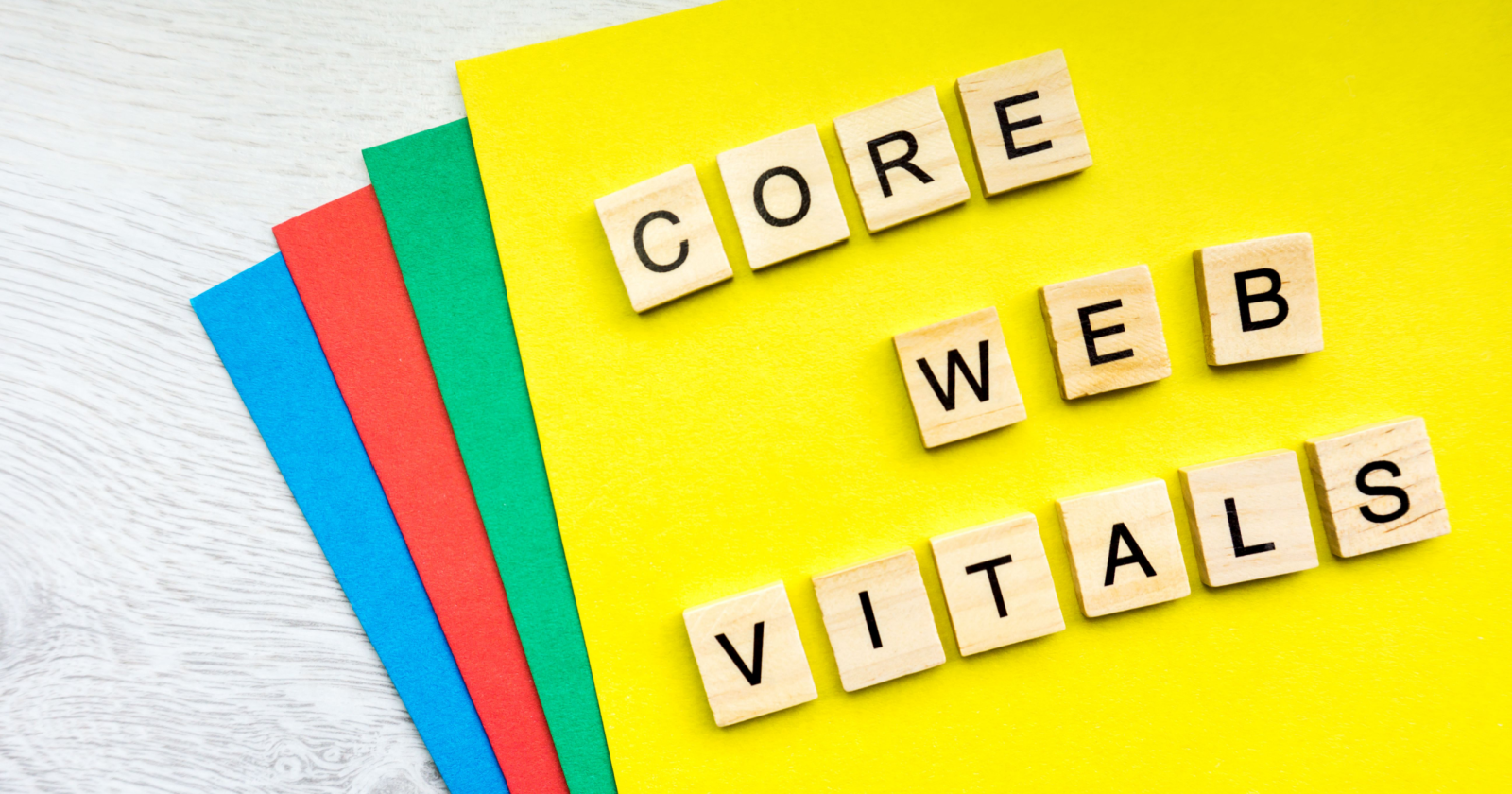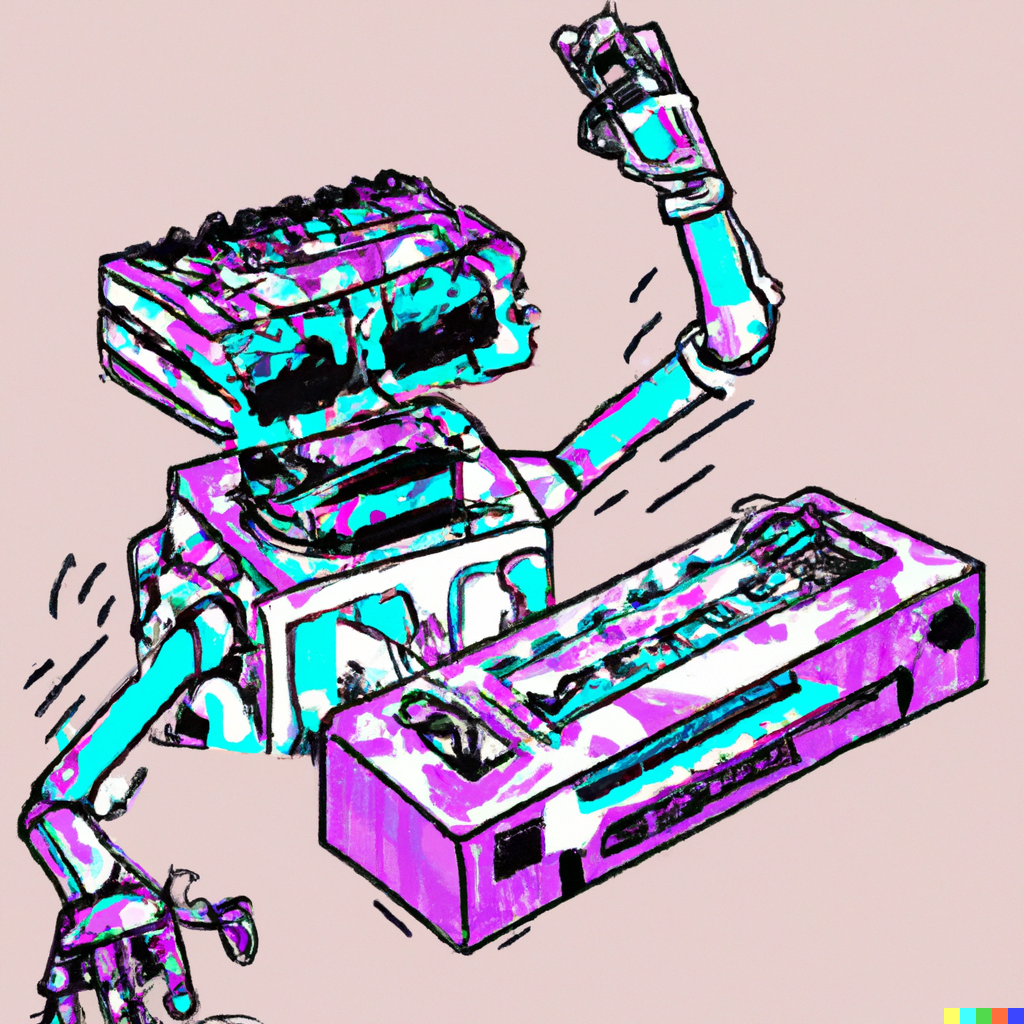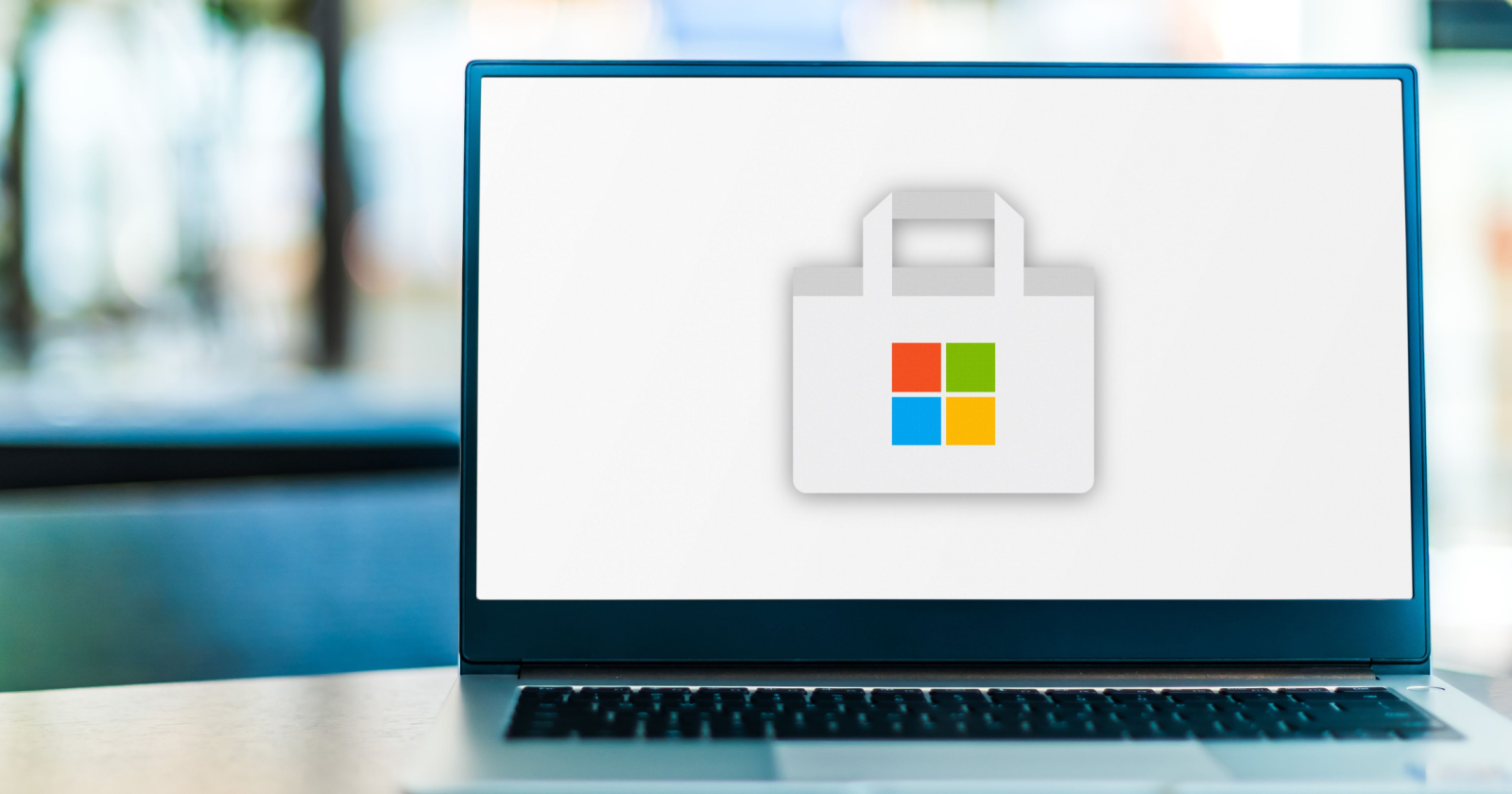Google provides updated Core Web Vitals optimization recommendations to help you decide what to prioritize when time is limited.
Core Web Vitals are three metrics that measure load time, interactivity, and visual stability.
Google considers these metrics essential to providing a positive experience and uses them to rank websites in its search results.
Over the years, Google has made numerous suggestions to improve Core Web Vitals results.
While each of Google’s recommendations is worth pursuing, the company recognizes that expecting someone to do everything is unrealistic.
If you don’t have a lot of experience optimizing website performance, it can be difficult to figure out what will have the biggest impact.
You may not know where to start with the limited time to devote to improving Core Web Vitals. This is where Google’s revised recommendation list comes into play.
In a blog post, Google says the Chrome team spent a year identifying them the most important pieces of advice that may exist regarding Core Web Vitals.
The team has compiled a list of recommendations that are realistic for most developers, applicable to most websites, and have a significant impact in the real world.
Here’s what Google’s Chrome team advises.
Optimization of Largest Contentful Paint (LCP)
The Largest Contentful Paint (LCP) metric measures the time it takes for the primary content of a page to become visible to users.
Google states that only about half of all websites meet the recommended LCP threshold.
These are Google’s top recommendations for improving the LCP.
Make sure the LCP resource is easy to find in the HTML source
According to HTTP Archive’s 2022 Web Almanac, 72% of mobile websites have an image as their primary content. To improve LCP, websites need to ensure that images load quickly.
It may be impossible to reach Google’s LCP threshold if a page is waiting for CSS or JavaScript files to be fully downloaded, parsed, and processed before the image can load.
In general, if the LCP element is an image, the URL of the image should always be recognizable from the HTML source.
Make sure the LCP resource is prioritized
In addition to including the LCP resource in the HTML, Google recommends prioritizing it and not delaying it behind other, less critical resources.
Even if you update your LCP image with a standard tag in the HTML source, it may delay the loading time if there are multiple



